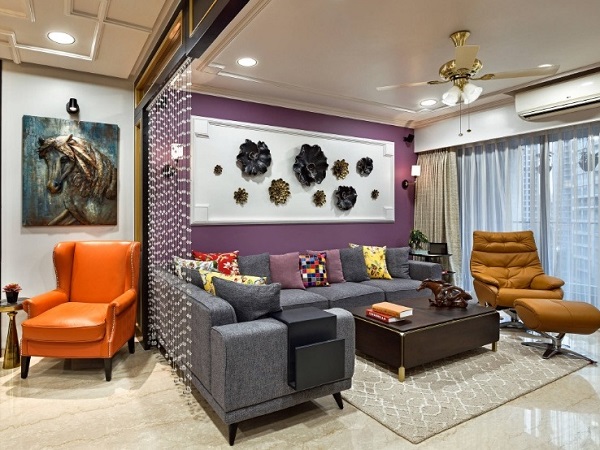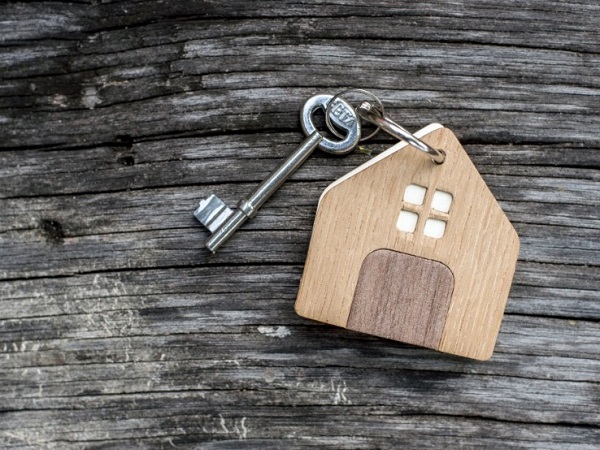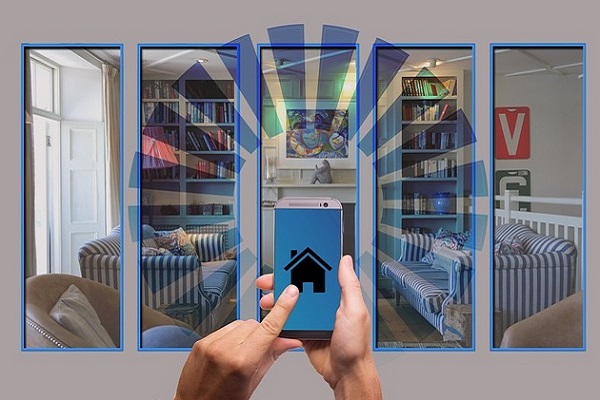When people redecorate their homes, they may make a few small changes or completely overhaul the aesthetic. Perhaps you need kitchen design ideas on a small budget or help with identifying minimalist decor. In this article, we’ll provide 7 expert tips for great results when redecorating your house.
1. Seek Professional Advice Or Assistance
A decorator or interior designer could give you expert tips and guidance. They could also help with any problems that arise during the process, such as unforeseen costs or structural issues. They can also identify what type of furniture and fixtures are best suited for each room.
These professionals may also have access to unique materials and resources not available in the retail market. Perhaps you live in Brisbane, which is known for its harsh, subtropical climate. The people who look online for ‘painters South Brisbane‘ can access licensed and qualified workers who use high-quality tools and products. They can create safe and professional worksites, conduct comprehensive preparation and planning, and ensure smooth project management.
2. Do Lots Of Research And Think Long-Term
Begin your journey for ideas by taking a look at homes in magazines or online. You can find plenty of inspiration by entering the relevant hashtags on Instagram, or checking out Pinterest. If you have friends with lovely homes and great taste in decor, make a visit and ask for some practical tips.
Rather than focusing on what’s trendy at the moment, look for furniture and accessories that’ll last for years to come. Stick with classic colors and shapes because you can easily add a splash of color later if you so desire. Choose new furniture or decor that’s solid and well-made, as these items will last longer. Also, keep your eyes open for any sales and promotions. This way you can get more for your money and increase your buying options.
3. Establish A Budget
When redecorating their homes, some people overspend and end up in debt. This is why it’s important to set a financial limit before you begin. When creating your budget, factor in all costs associated with the project—from furniture and accessories to any labor costs and materials.
This doesn’t mean that you have to completely avoid splurging on an accent piece or two. If done responsibly, adding unique items can still be part of an effective decorating plan while adhering to a budget. Finally, create an emergency fund to allow for unexpected expenses during the project.
4. Consider Your Space And Functionality
It’s important to evaluate the available space in your home and how it’ll be used. Think about how different furniture pieces will fit in each room, and how they could be moved around when needed. If a particular room is going to be used as a multipurpose space, ensure that all features are functional without overcrowding the room.
Additionally, think about the purpose of each piece of furniture in a given space. You may want to invest in a large dining table for your kitchen if you plan on having family or friends over often. You can also use items that have dual functionality, such as using a sofa bed for overnight guests and an extra seating option during the day.
5. Don’t Forget Lighting
The right lighting can completely transform a room and give it a brand-new look. It can add warmth and glamour to your space and make it feel inviting, or create a cozy atmosphere with low lights. First of all, consider what kind of effect you want to achieve with each room. Do you want an airy, light-filled space for entertaining guests? Or do you prefer a more relaxed vibe where people can feel comfortable? Based on this decision, pick lights that suit your desired ambiance.

Secondly, utilize natural light as much as possible by installing large windows or skylights which will bring in plenty of daylight. If you want to create a cozy atmosphere for relaxing at home, opt for lamps with dimmer switches. These lights are particularly popular in the bedroom and can be adjusted to suit your requirements.
6. Think About Storage
Start by assessing what type of items will be kept in each space. Then consider if there are different ways of storing them than the traditional cupboard. For instance, floating shelves can help save floor space while still providing display areas for books or other items. Multi-functional furniture pieces with compartments (designed for items like blankets or shoes) can also be a great way to maximize storage potential in smaller spaces.
It’s worth buying beds that have underneath storage so you can keep your bedding and other items there. If you’re working with a traditional closet, consider using hanging organizers from the top to store items like scarves or ties. Then you can use shelves in the closet for folded sweaters and other apparel items.
7. Declutter The Home
Many people think that redecorating just means shopping for new furniture, paint colors, and accessories. But before you do any of that, you need to declutter the excess, so your space can shine. Start by taking everything out of each room and deciding what items will stay and which will go. If the item still has use or emotional value, put it back. Anything else should be removed from the home. This process may take some time upfront, but it’ll pay off later on. It’ll eliminate distractions while decorating and let you visualize what the finished product will look like.
Items in working order can be given to friends or donated to charity. Some organizations are willing to collect large donations such as furniture. If you want to sell anything, check out sites like eBay or hold a yard sale. Anything disposed of should be done responsibly, which includes visiting your local recycling center.
Thanks to these 7 tips, you’ll be able to take your home up a level. You’ll have some great ideas, wise advice, and all the supplies and equipment you need. In turn, your household and guests will love what you’ve done, making life at home will be more pleasurable than ever.




